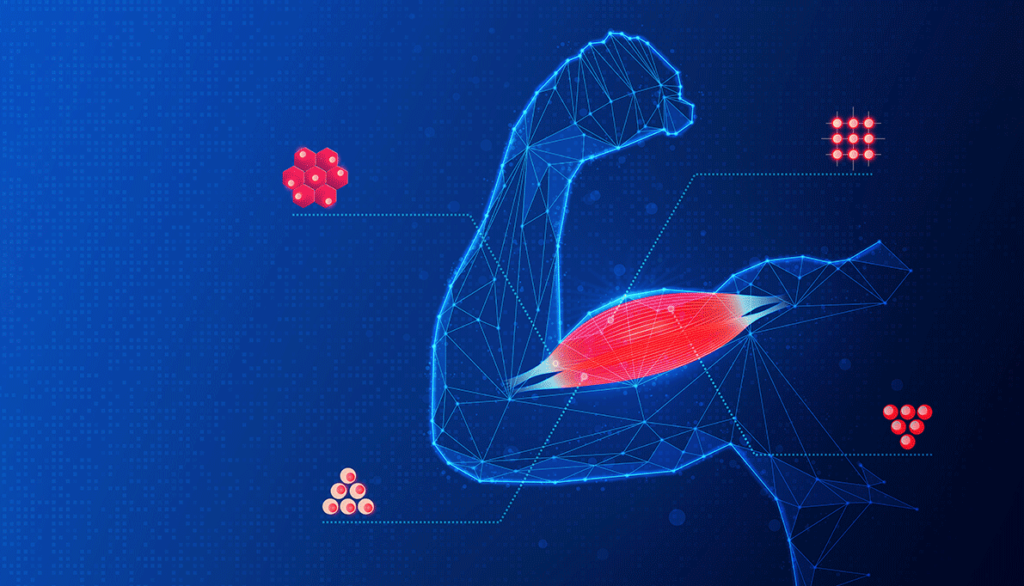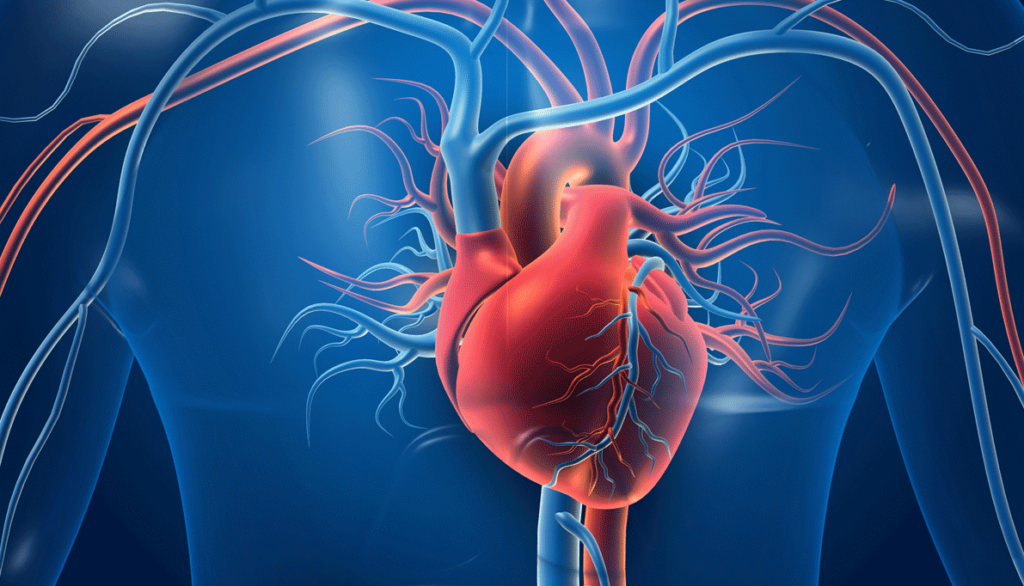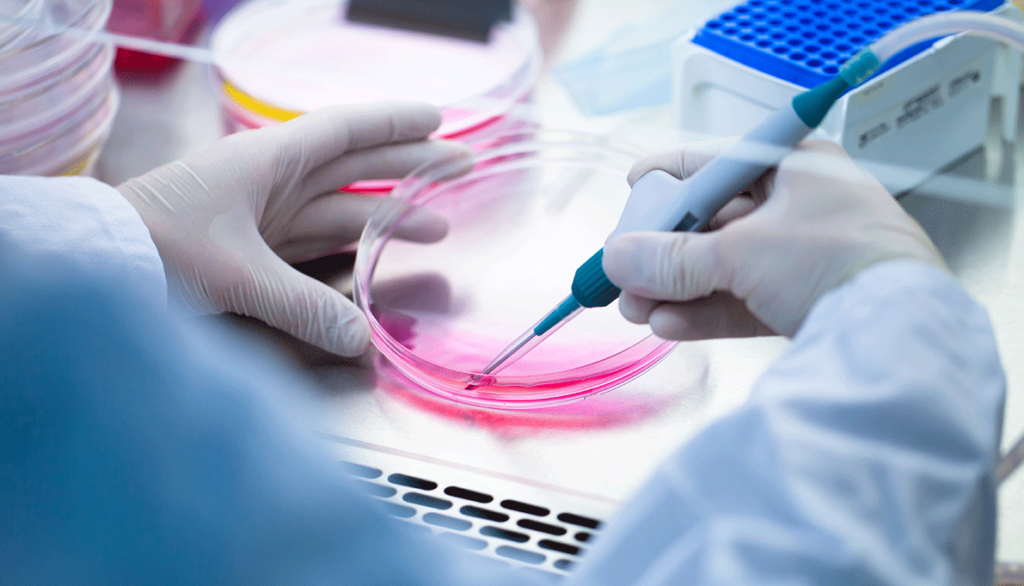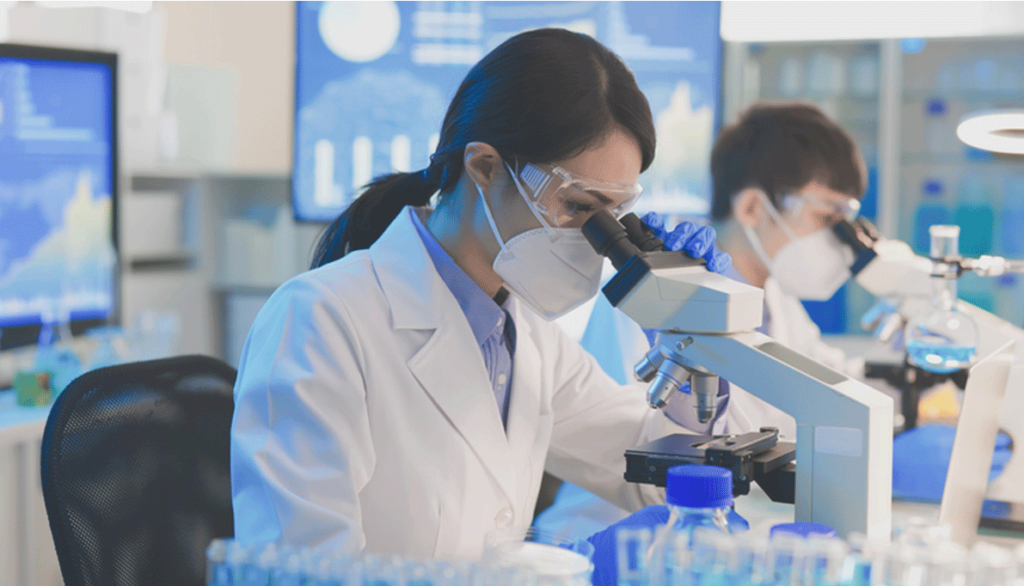!NEW Article 4:
The Promise of Engineered Skeletal Muscles for Drug Discovery
The Promise of Engineered Skeletal Muscles for Drug Discovery

Age-associated muscle function decline presents significant challenges in older adults. To develop effective therapeutics, there is a need for more representative human skeletal muscle models, especially for drug discovery. Recent advancements in engineered skeletal muscle tissues and human-induced pluripotent stem cell (hiPSC)-derived muscle cells show promise. Yet, challenges persist in achieving mature, functional muscle cell phenotypes in vitro. Here, we discuss novel approaches to culturing functional skeletal muscle tissue for drug discovery and disease modeling applications.
Article 3:
Can “maturing” human pluripotent stem cell-derived cardiomyocytes accelerate their adoption in regenerative medicine?
Can “maturing” human pluripotent stem cell-derived cardiomyocytes accelerate their adoption in regenerative medicine?

Cardiovascular diseases (CVDs) claim around 17.9 million lives each year. Despite being the leading cause of death worldwide, current treatments do not aim to reverse the damages caused by them. Stem cell-based regenerative therapies, such as human induced pluripotent stem cells (iPSCs), have the potential for myocardial restoration. In this article, we discuss the opportunities and challenges facing the adoption of iPSC cardiomyocytes (CMs) in cardiac regeneration. We also discuss a novel approach based on cell sheet technology to promote the maturation of iPSC-CMs, a critical obstacle delaying their application in regenerative medicine.
Article 2:
Can adult-like iPSc cardiomyocytes improve cardiotoxicity screening?
Can adult-like iPSc cardiomyocytes improve cardiotoxicity screening?

The potential of pluripotent stem cell-derived (iPSC) cardiomyocytes in applications spanning toxicological research, disease modeling, and treatment of cardiovascular diseases is immense. Among the challenges hindering their widespread adoption, the difficulty of producing mature cardiomyocytes resembling living tissue tops the list. To realize the full potential of iPSC technology in cardiac drug discovery, regenerative medicine, and cardiotoxicity testing, we need to bring together advanced technologies from various specialties – medicine, biology, engineering, and others – to tackle the issue of cardiomyocyte maturity effectively. This article discusses current maturation strategies and introduces a novel “fine stripe structure” cell culture substrate for human pluripotent stem cell-derived cardiomyocyte maturation.
Article 1:
Human pluripotent stem cell-derived cardiomyocytes
– why do we need to mature them?
Human pluripotent stem cell-derived cardiomyocytes
– why do we need to mature them?

The potential of pluripotent stem cell-derived (iPSC) cardiomyocytes in applications spanning toxicological research, disease modeling, and treatment of cardiovascular diseases is immense. Among the challenges hindering their widespread adoption, the difficulty of producing mature cardiomyocytes resembling living tissue tops the list. To realize the full potential of iPSC technology in cardiac drug discovery, regenerative medicine, and cardiotoxicity testing, we need to bring together advanced technologies from various specialties – medicine, biology, engineering, and others – to tackle the issue of cardiomyocyte maturity effectively. This article discusses current maturation strategies and introduces a novel “fine stripe structure” cell culture substrate for human pluripotent stem cell-derived cardiomyocyte maturation.